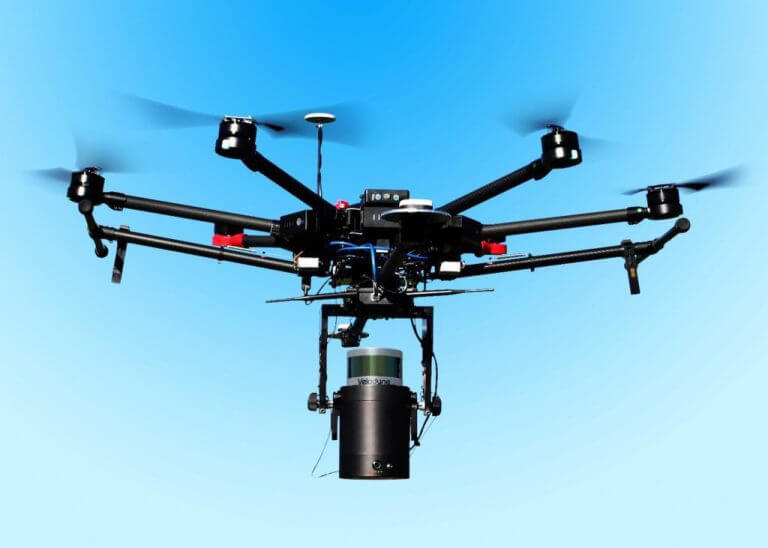
Drishti for blind with Google Glass
We are leaving in technology disruption age and every business and individual is taking advantages of that. But still, there are millions of people among us who are lacking to use this technology changes. Those are blind people. What benefits technology has given to them till now? well not much. Why? may be difficulties in creating and finding technologies for them? or small market? or could be lack of inspiration to make some difference in these people’s lives – we don’t know the answer. But here we are putting a concept which can help blind people to see (hear) things and navigate their way. Project “Drishti” is a concept right now and presented here for awareness and possible future development in future. Drishti is a Sanskrit word meaning “sight” Google Glass help the blind navigate the world Google launched its Glass project with the before few years, and there has been much buzz about what the platform can do. But while Glass applications mostly add an augmented-reality visual layer of data
